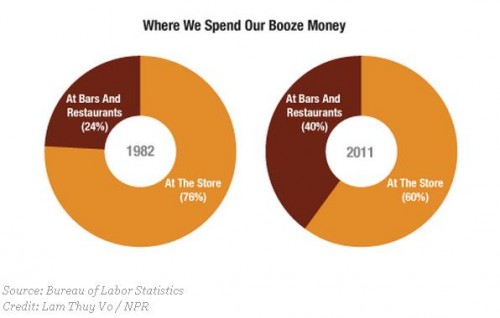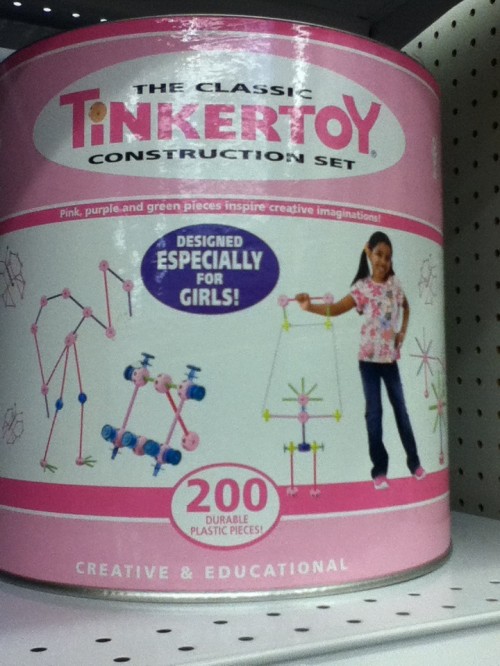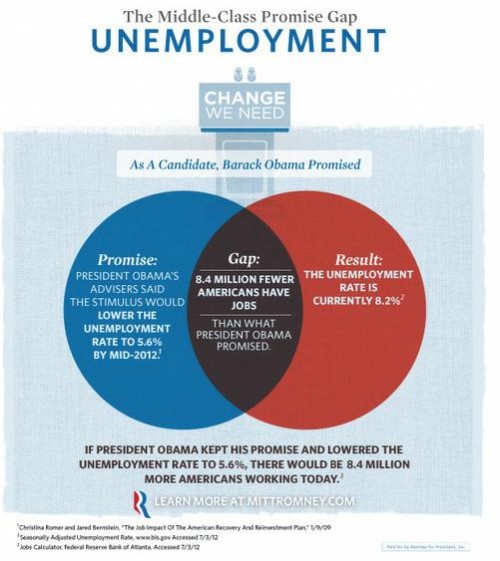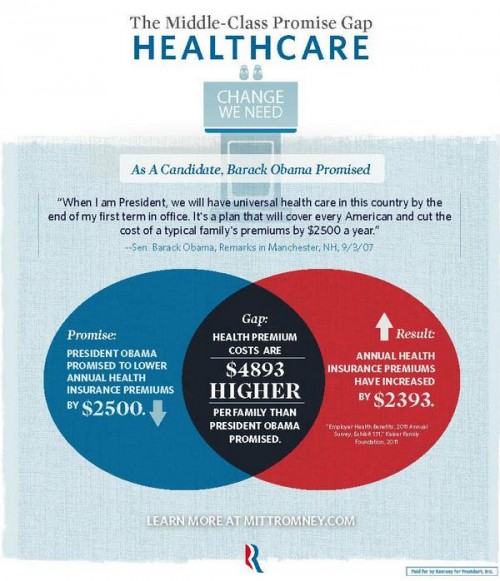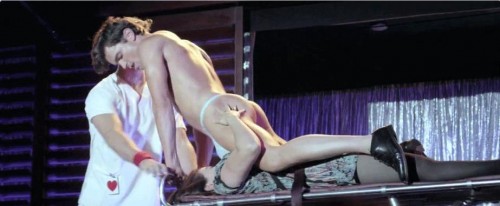In May of this year the baseball team at Our Lady of Sorrows, a high school charter in Arizona, was scheduled to play a championship game against Mesa Preparatory Academy. Claiming a religious tenet forbidding co-ed sports, they forfeited the final game of the season. Mesa’s second baseman, you see, was a 15-year-old named Paige Sultzbach.
This was not an isolated incident. In 2011 a high school threatened to forfeit a junior varsity football game unless a girl on the opposing team, Mina Johnson, sat out. Johnson, a five-foot-two-inch 172-pound linebacker on the opposing team, had “gain[ed] a reputation in the league as a standout junior varsity player”; she sacked a six-foot quarterback in her very first game. Nevertheless, not wanting to be the cause of a lost opportunity for her team to play, Johnson sat out. The opposing team still lost to hers 60 to zero, but apparently that was less humiliating than losing to a girl.
In my sociology of gender textbook I discuss the practice of segregating sports by gender. Both those on the political left and political right tend to think this is a good idea. Conservatives tend to think that women are more fragile than men, while liberals want women to have the same opportunities.
Ensuring that men never compete alongside or with women, however, also ensures that the belief that men would always win goes unchallenged. In other words, because we already assume that men would win any competition with women, it is men, not women, who have the most to lose from de-segregating sports. If women lose, the status quo — believing women are physically inferior to men — simply remains in place. But if men lose, the assumption of male superiority is undermined.
Women’s participation in non-team sports, of course, potentially challenges these assumptions in a different way. While some of these sports try to write rules that ensure that women never measure up to men (e.g., body building has a cap on how muscular women can be), others lay these comparisons bare, which brings us to Sarah Robles. Robles, a weightlifter, out-lifted all Americans of both sexes at last year’s world championships. “On her best day,” writes Buzzfeed, “she can lift more than 568 pounds — that’s roughly five IKEA couches, 65 gallons of milk, or one large adult male lion.” Here she is lifting 278 pounds.
The Buzzfeed article focuses on how a main source of revenue — corporate sponsorship — is likely out of reach for Robles. Companies don’t like to support athletes who challenge our beliefs about men and women. And Robles certainly does. She’s proof that women can compete with men, at their own games even, and win.
Thanks to Kari for the tip!
Lisa Wade, PhD is an Associate Professor at Tulane University. She is the author of American Hookup, a book about college sexual culture; a textbook about gender; and a forthcoming introductory text: Terrible Magnificent Sociology. You can follow her on Twitter and Instagram.

